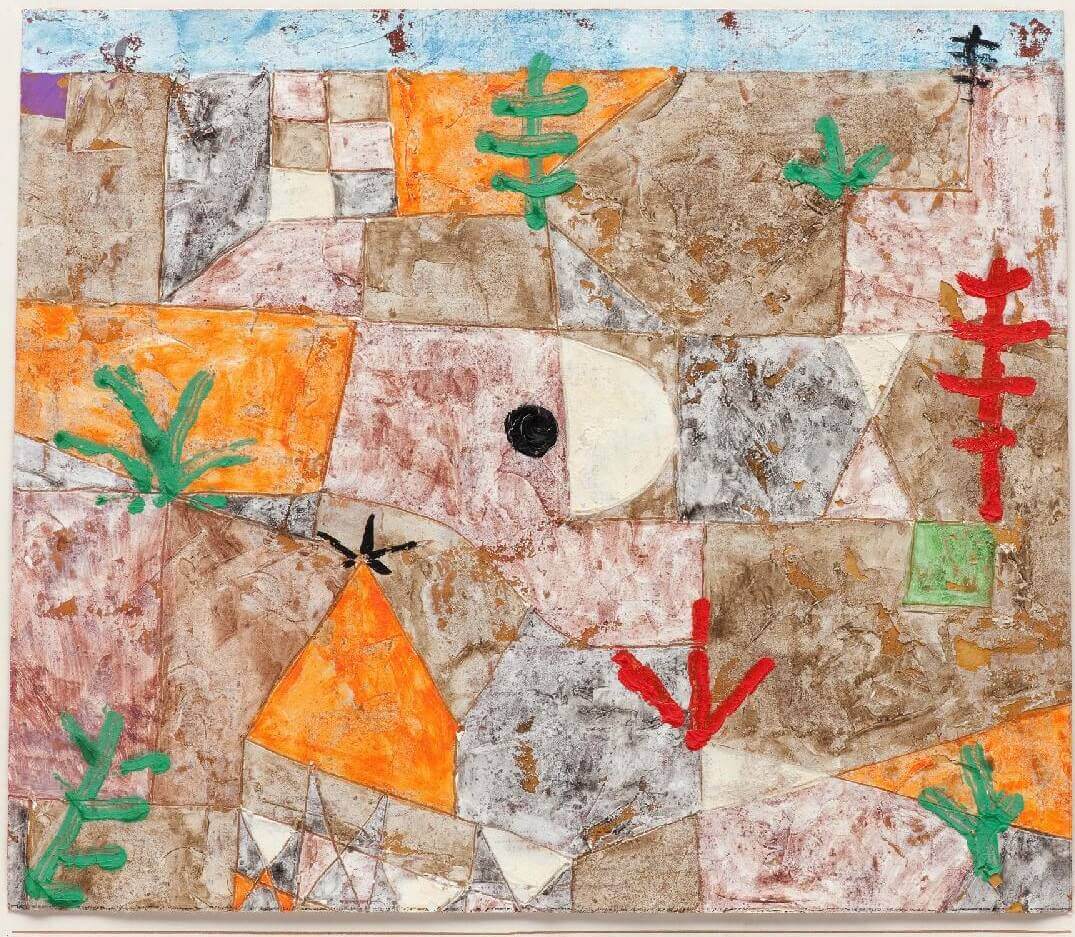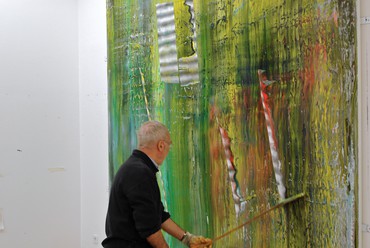Watercolor abstraction : discover the (re)birth of an assumed artistic subjectivity
During the 19th century, the European artistic landscape was fuelled by a need for liberation. Progressively emancipating from the rules of traditional forms of art, artists started to experiment new painting styles using shapes, colors and layering. Paintings and pieces of arts were driven by a colorful and geometric expression of what became the primary focus of art : its subject.
Progressively, Picasso’s cubism and Matisse’s fauvism gave birth to a more global form of artistic experimentation known as « abstraction ». At the beginning of the 20th century, this new movement was defined as a form of art that sought the exact opposite of realism. By painting shapes purposely expelling the realistic nature of objects and people, artists ultimately delivered themselves from all sorts of artistic codes and principles.
Abstract watercolor : the only form of abstraction ?
Consequently, abstraction is probably one the most diverse and undefinable modern form of art.
To help defining this innovative and complex movement, artists progressively initiated subcategories of abstraction. Kandinsky for instance, as well as the French artist Georges Mathieu, are often referred to as the fathers of lyrical abstraction, a form of artistic expression which relies on the absence of references and premeditated movements.
On the other side, artists such as Malevitch or Lissitsky chose to depict the « supremacy of pure artistic feeling » through wisely organised geometric forms. In the following decades, multiple types of abstract art started blooming, embodied by famous figures of modern art such as Mondrian, Pollock, and Vasarely. This generation of painters gave birth to orphism, abstract expressionism, optical art, to name but a few.
Why is watercolor abstraction trendy ?
Indeed, watercolor’s unique attributes offers the ability to create a wide range of different styles and atmospheres on the canvas.


.png)
_by_Wassily_Kandinsky3.jpg)















